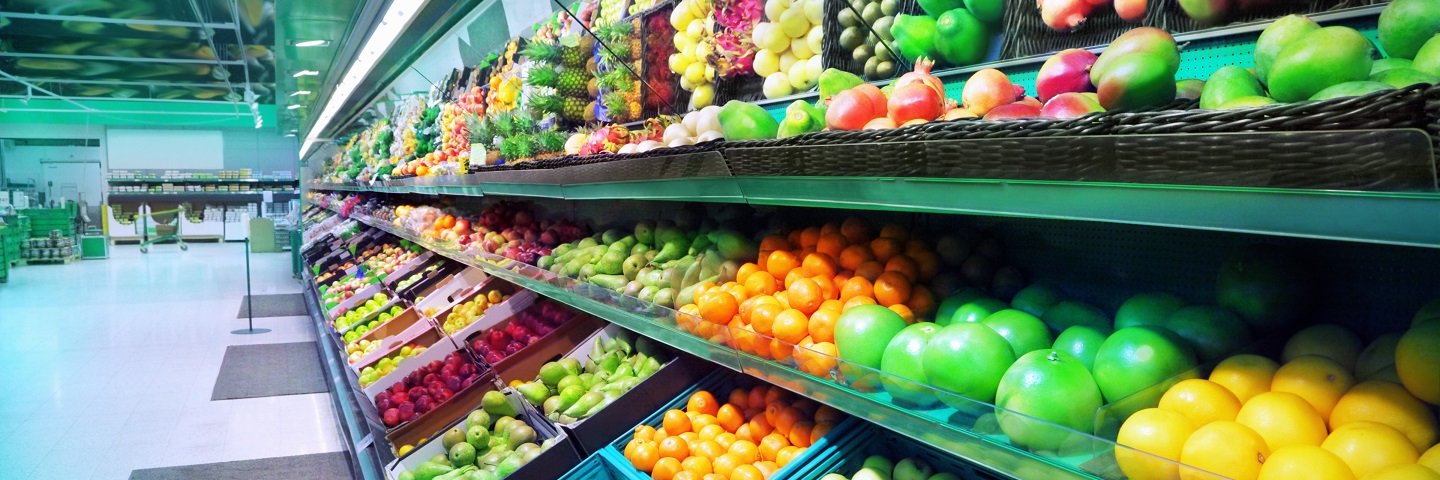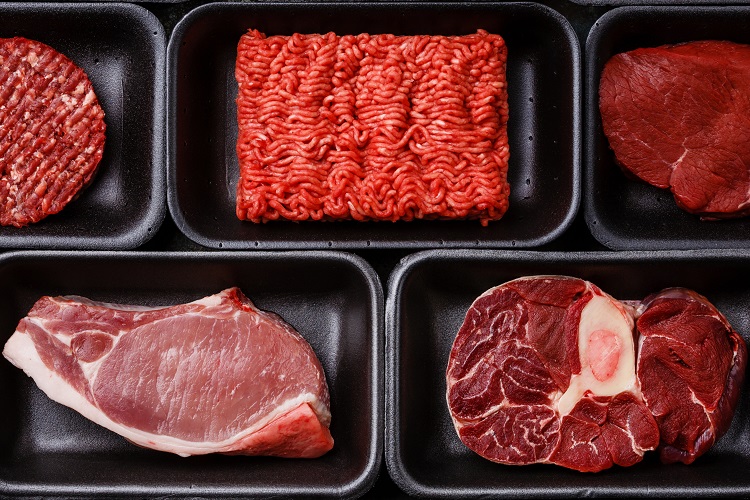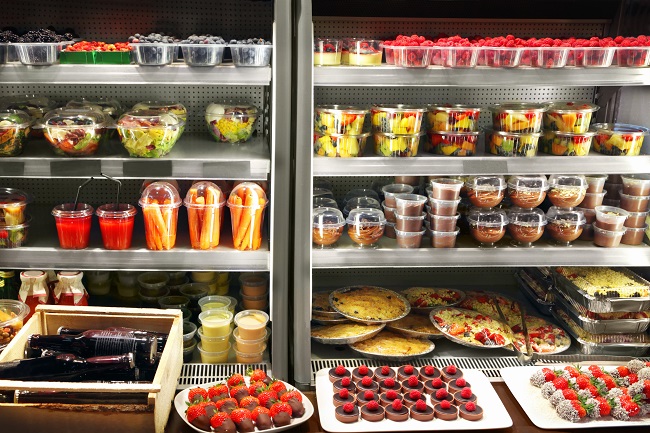
Visit our other sites
-
Fapas - Proficiency Testing
Globally recognised provider of proficiency tests, running over 400 tests annually across an extensive range of matrices and analytes
-
Great Crested Newts Testing
A single sample taken by an ecologist at any time during the newt breeding season can determine their presence or absence, saving you time and money
Katharina, a senior scientist with particular focus on food safety and authenticity, has 20+ years’ experience and over 15 peer reviewed publications. Katharina’s current work focuses on analytical chemistry across various food safety and authenticity programs, including vet drugs (antibiotics in milk and honey), stable isotope and novel food (CBD and insect products) analyses. With an Msc in Chemistry, University of Cologne, Katharina is a leading specialist for Fera’s innovative Insect Research Laboratory.


Find Katharina on: LinkedIn
-
Area of expertise
Analytical Chemistry
-
Years of experience
19
-
Highest qualification
MSc
Katharina is a senior scientist at Fera, responsible for the project management and delivery of stable isotope analysis, for a wide range of matrices (from agricultural produce to insects) within Fera’s Food Authenticity and Profiling team. In her current role, Katharina coordinates the delivery of analytical services to CBD products and all aspects of insect bioconversion.
Katharina has spent her career focusing on analytical chemistry, applying her expertise in stable isotope ratio mass spectrometry to food authenticity as well as her experience with method validations for confirmatory methods and screening assays.
Katharina has participated in various European research projects including Isoster, TRACE, ConFFidence, and FoodIntergrity and has been involved with research for Food Standards Scotland, FSA and Defra. Katharina has authored or co-authored over 15 peer-reviewed papers and presented her research at various national and international conferences.
More about food safety
With a large range of testing abilities, our multi-disciplinary approach gives an overall view of any food issue you may be facing, providing you with the complete information you need to make the strong decisions needed to address these issues.
Latest Papers and Articles
Analytical toolbox for food fraud. Food Science and Technology, 2020. Food Science and Technology 34 (4), 26-30. (co-author)
Determining the geographical origin of Asian longhorn beetle (Anoplophora glabripennis) specimens using stable isotope and trace element analyses 29th July 2016, https://doi.org/10.1002/ps.4408 (main author)
Degradation of cefquinome in spiked milk as a model for bioremediation of dairy farm waste milk containing cephalosporin residues January 2015, Journal of Applied Microbiology http://dx.doi.org/10.1111/jam.12765 (co-author)
An inter-laboratory validation of a multiplex dipstick assay for four classes of antibiotics in honey, 2013. Analytical and bioanalytical Chemistry, 405, 7875 - 7884. (main author)
Determining the source of house flies (Musca domestica) using stable isotope analysis 14 June 2011, Pest Management ScienceVolume 68, Issue 1 p. 31-37 https://doi.org/10.1002/ps.2215 (main author)

Events past and future
‘Reassuring the UK consumer and industry about egg labelling claims’ – Fera Science symposium, York 2020, UK (oral)
‘Distinguishing eggs of different origin through a statistical prediction model, using oxygen isotope ratios of liquid albumen and farm water’ – FIRMS, Trento 2019, Italy (poster)
‘Stable isotope ratio analysis (SIRA)- applied to the agri-food sector’ – Fera Science symposium, York 2018, UK (oral)
‘Beef, glorious beef- where have you come from?’ – ASSET, Belfast 2018, Ireland (lightning talk)
‘Carotenoid profiling as tool for verifying egg production claims in the UK’ – FoodIntegrity, Parma 2017, Italy (oral)
‘Determining the source of house flies (Musca domestica) using stable isotope analysis’- ICUP, Birmingham 2017, UK (oral)
Katharina and their team work with customers to deliver the following services within Fera...

Food Contact Materials Testing
Our work involves targeted and non targeted analysis of known and unknown migrants. Analysis can be carried out in complex matrices (foods, food simulants and food contact materials and articles) utilising a range of advanced chromatographic and mass spectrometric techniques.

Contaminant Testing
Our experts focus on the scientific research relating to intentionally added food components and to those arising from chemical changes during food processing, bioactive chemicals and natural toxicants.

Authenticity Testing
Fera's analysts use industry leading techniques and cutting edge technologies to ensure compliance with food safety regulations, protecting public health and traceability.
Latest Papers and Articles
Analytical toolbox for food fraud. Food Science and Technology, 2020. Food Science and Technology 34 (4), 26-30. (co-author)
Determining the geographical origin of Asian longhorn beetle (Anoplophora glabripennis) specimens using stable isotope and trace element analyses 29th July 2016, https://doi.org/10.1002/ps.4408 (main author)
Degradation of cefquinome in spiked milk as a model for bioremediation of dairy farm waste milk containing cephalosporin residues January 2015, Journal of Applied Microbiology http://dx.doi.org/10.1111/jam.12765 (co-author)
An inter-laboratory validation of a multiplex dipstick assay for four classes of antibiotics in honey, 2013. Analytical and bioanalytical Chemistry, 405, 7875 - 7884. (main author)
Determining the source of house flies (Musca domestica) using stable isotope analysis 14 June 2011, Pest Management ScienceVolume 68, Issue 1 p. 31-37 https://doi.org/10.1002/ps.2215 (main author)

Events past and future
‘Reassuring the UK consumer and industry about egg labelling claims’ – Fera Science symposium, York 2020, UK (oral)
‘Distinguishing eggs of different origin through a statistical prediction model, using oxygen isotope ratios of liquid albumen and farm water’ – FIRMS, Trento 2019, Italy (poster)
‘Stable isotope ratio analysis (SIRA)- applied to the agri-food sector’ – Fera Science symposium, York 2018, UK (oral)
‘Beef, glorious beef- where have you come from?’ – ASSET, Belfast 2018, Ireland (lightning talk)
‘Carotenoid profiling as tool for verifying egg production claims in the UK’ – FoodIntegrity, Parma 2017, Italy (oral)
‘Determining the source of house flies (Musca domestica) using stable isotope analysis’- ICUP, Birmingham 2017, UK (oral)
Katharina and their team work with customers to deliver the following services within Fera...

Food Contact Materials Testing
Our work involves targeted and non targeted analysis of known and unknown migrants. Analysis can be carried out in complex matrices (foods, food simulants and food contact materials and articles) utilising a range of advanced chromatographic and mass spectrometric techniques.

Contaminant Testing
Our experts focus on the scientific research relating to intentionally added food components and to those arising from chemical changes during food processing, bioactive chemicals and natural toxicants.

Authenticity Testing
Fera's analysts use industry leading techniques and cutting edge technologies to ensure compliance with food safety regulations, protecting public health and traceability.

Copyright © 2025 Fera Science Limited (“Fera”). All rights reserved.
For further information about how Fera uses any personal data collected from you, please see our Privacy Notice at www.fera.co.uk/privacy-policy.

